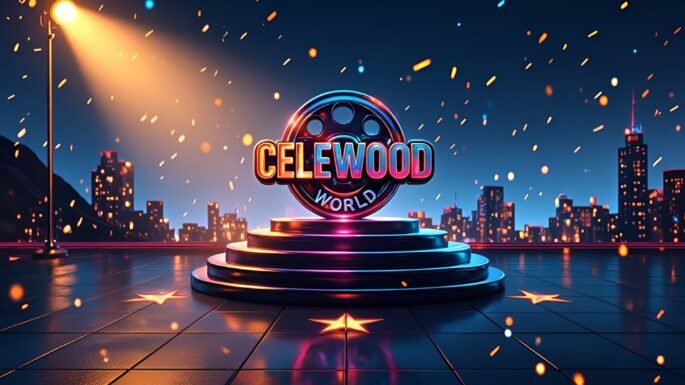Article –
On October 20, 2025, Disney and YouTube TV announced the resolution of a two-week dispute that led to the removal of Disney-owned channels from the YouTube TV streaming platform. The blackout affected subscribers across the United States, who lost access to major networks including ABC, ESPN, FX, National Geographic, and Disney Channel. The new distribution agreement restores these channels, ending the standoff that began on October 6, 2025.
Background of the Dispute
The conflict centered around carriage fees and contract terms. Disney sought higher retransmission consent fees to reflect the growing value and reach of its content, while YouTube TV, owned by Google, resisted increasing costs to keep subscriptions affordable amid fierce streaming competition.
Similar carriage disputes have previously disrupted service in 2023 and 2024, highlighting ongoing tensions between content owners and distributors as viewing habits evolve.
Significance to Hollywood
This blackout showcased the complex dynamics in Hollywood’s evolving content distribution landscape:
- Disney’s networks generate significant advertising revenue and subscriber engagement, making them valuable assets.
- YouTube TV risked losing subscribers during a competitive period with rivals like Hulu, Peacock, and Netflix vying for viewers.
- The dispute reflects shifting power relations between legacy media companies and digital streaming platforms.
Stakeholder Reactions
Following the new agreement:
- Disney emphasized the importance of fair compensation for quality programming, with a spokesperson stating their commitment to premium content availability.
- YouTube TV expressed appreciation for Disney’s collaborative approach to resume channel access for subscribers.
- Industry analysts noted the incident exposed the complexities of modern streaming negotiations and evolving revenue models.
- Fan reactions on social media were mixed, with some frustrated by the interruption and others relieved at the resolution.
Future Outlook
With Disney channels restored on YouTube TV, both companies aim to maintain open communication to prevent similar disruptions. However, as content distribution continues to change rapidly, further negotiations and disputes may occur.
This agreement is expected to influence upcoming negotiations across the industry, setting precedents for fee structures and collaboration between content owners and streaming platforms.
Overall, the resolution highlights the delicate balance required in modern media distribution and offers a cautiously optimistic outlook for future industry partnerships.
Stay tuned to CeleWood World for more Hollywood insights.

